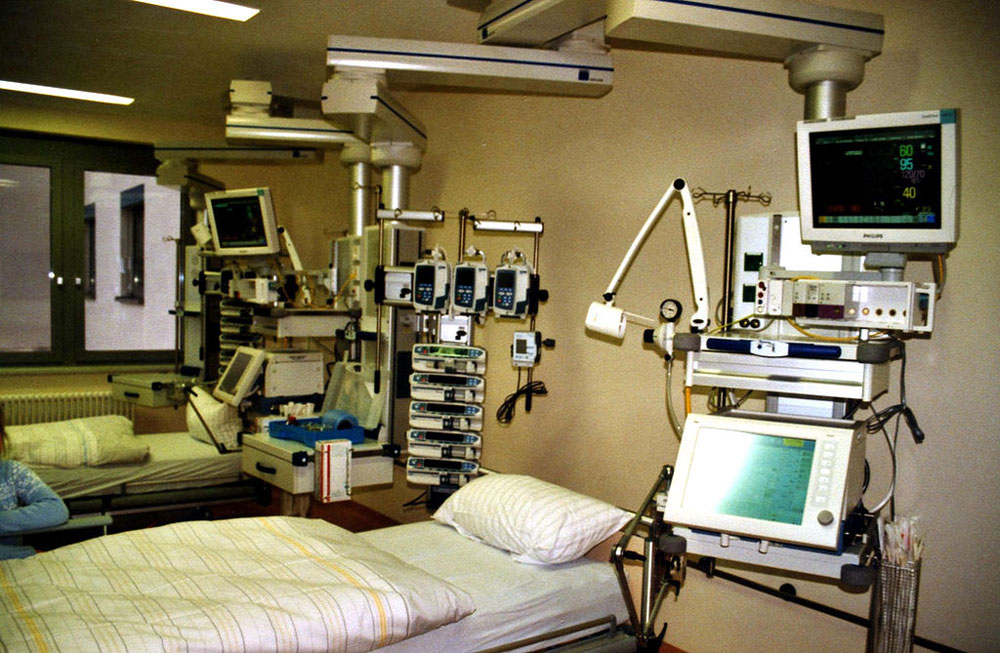
We know that communities of color suffer from disparities in health care; as it turns out, they are also more often subject to problems flowing from medical debt. A new report from the Center for Public Policy Priorities (CPPP) indicates that 29 percent of Texas households of color were dealing with debt collectors over medical bills, compared to 23 percent of their white neighbors. Why? Well, lack of insurance is one key factor among Texas families of color, and the reasons behind that are multiple and complicated.
Texas is one of 14 states that did not take advantage of the provision in the Affordable Care Act that allowed states to expand Medicaid to cover more low-income families. Had they done this, there could have been as much as $100 billion in federal aid for poor Texas families when they were ill. Compounding this is the lack of documentation for many Latinx Texans and a shift in industries to part-time work, thus causing a cut in health benefits.
One additional roadblock for those in the Dallas area is the higher cost of living, which has an impact on the insurance plans available to the public on the federal marketplace. Low-income residents are shut out and left with huge bills should they or their family members become ill.
Not every state is as dire as Texas; the attitude at play in Wisconsin appears to be somewhat different. Wisconsin also turned down Medicaid expansion, but has instead adopted instead its own form of subsidizing insurance for low-income residents—BadgerCare—and built out subsidies within the state system. Wisconsin may have lost out over time on some taxpayer dollars that might have been covered by taking the federal expansion, but it did see greater coverage of more people, whatever their income levels.
Indeed, Wisconsin researchers are now working to compile information concerning differences in health and health care among Wisconsinites depending on their race, income, health coverage, and geography. This information will be used by public health departments, health systems, social service agencies, community groups, and policymakers for tracking progress in lessening the entrenched disparities in health in the state.
The decision to turn down Medicaid expansion funding in Texas and Wisconsin had widely disparate impacts on low-income communities and people of color in those states. But what seemed common to both is that getting and paying for health care services—even if in part, or on credit—often took priority over paying for rent, food, education, or other expenses. In both states, studies showed people of color struggled to pay back their medical bills, often doing without basic necessities.
One of Wisconsin’s approaches is to bring stakeholders together to address the base issues more holistically, as described by Guy Boulton in the Milwaukee Journal Sentinel.
Sign up for our free newsletters
Subscribe to NPQ's newsletters to have our top stories delivered directly to your inbox.
By signing up, you agree to our privacy policy and terms of use, and to receive messages from NPQ and our partners.
Lessening health disparities will require bringing together multiple stakeholders—health systems, community organizations, local governments, health insurers, employers and policymakers—who each can address a different component of health.
“And then we can begin to make real progress,” Maureen Smith, director of the UW Health Program said.
Kedar Mate, a physician and chief innovation and education officer at the Institute for Healthcare Improvement in Boston, said health systems and community partners can lessen health disparities when they make it a priority.
Meanwhile, back in Texas, Lucas Manfield, writing for the Dallas Observer, notes there seems to be a greater reliance on the nonprofit and charitable sector to come to the rescue of some of the 4.4 million of the people of color who are mired in medical debt.
The situation has led to some creative solutions. Lake Pointe Church raised money to pay off thousands of North Texas families’ medical bills—wiping out over $2 million in unpaid debt.…It’s part of a nationwide movement to buy medical bills at pennies on the dollar from bill collectors and then shred them. A spokesperson for RIP Medical Debt, a New York nonprofit that pioneered the strategy and directed the church’s donations, said it has eliminated more than half a billion dollars in debt over the last five years.
According to the RIP Medical Debt website, medical debt is much higher than is reported on credit reports—about $75 billion dollars. They estimate Americans owe approximately $1 trillion in medical debt, and that’s just what’s accumulated over the last eight to ten years.
Are good health and good health care available only to those who have the means to pay for it? Does the color of one’s skin or the neighborhood in which one lives dictate the kind of health care you are eligible to receive? Do the politics of the state where you reside dictate the kind of care you and your family may get? It is time for a larger discussion of how we care for our sick and how we manage the costs of medical care for all people.—Carole Levine













